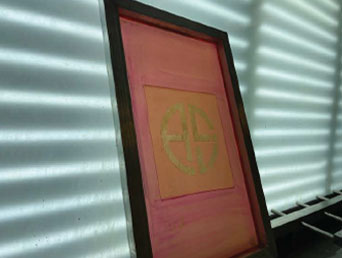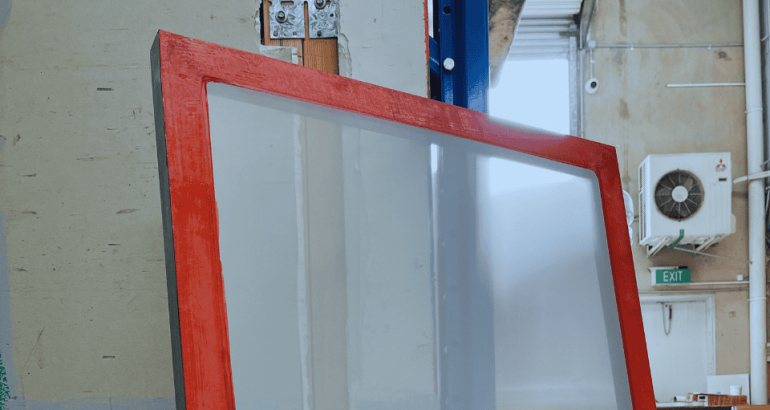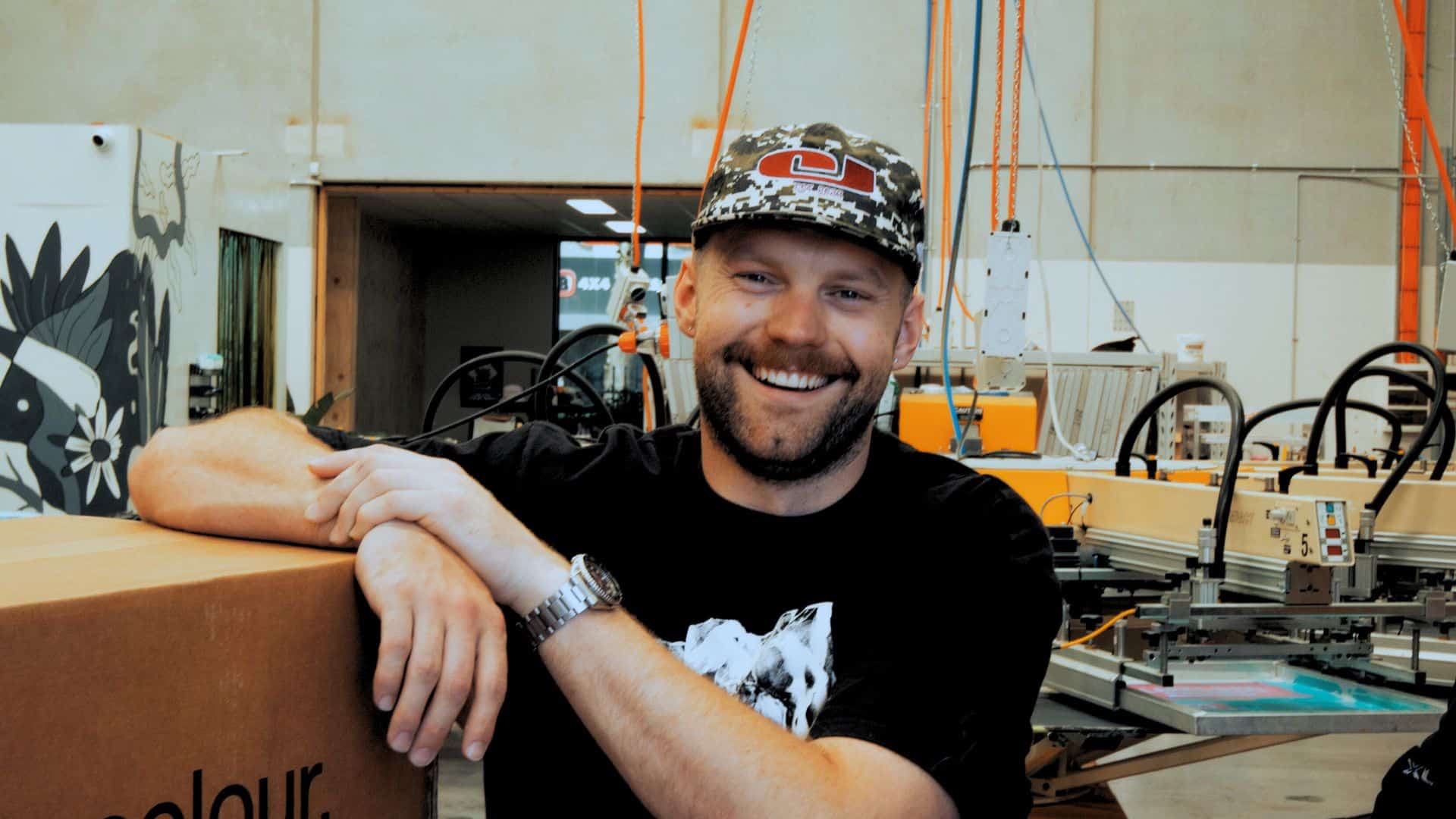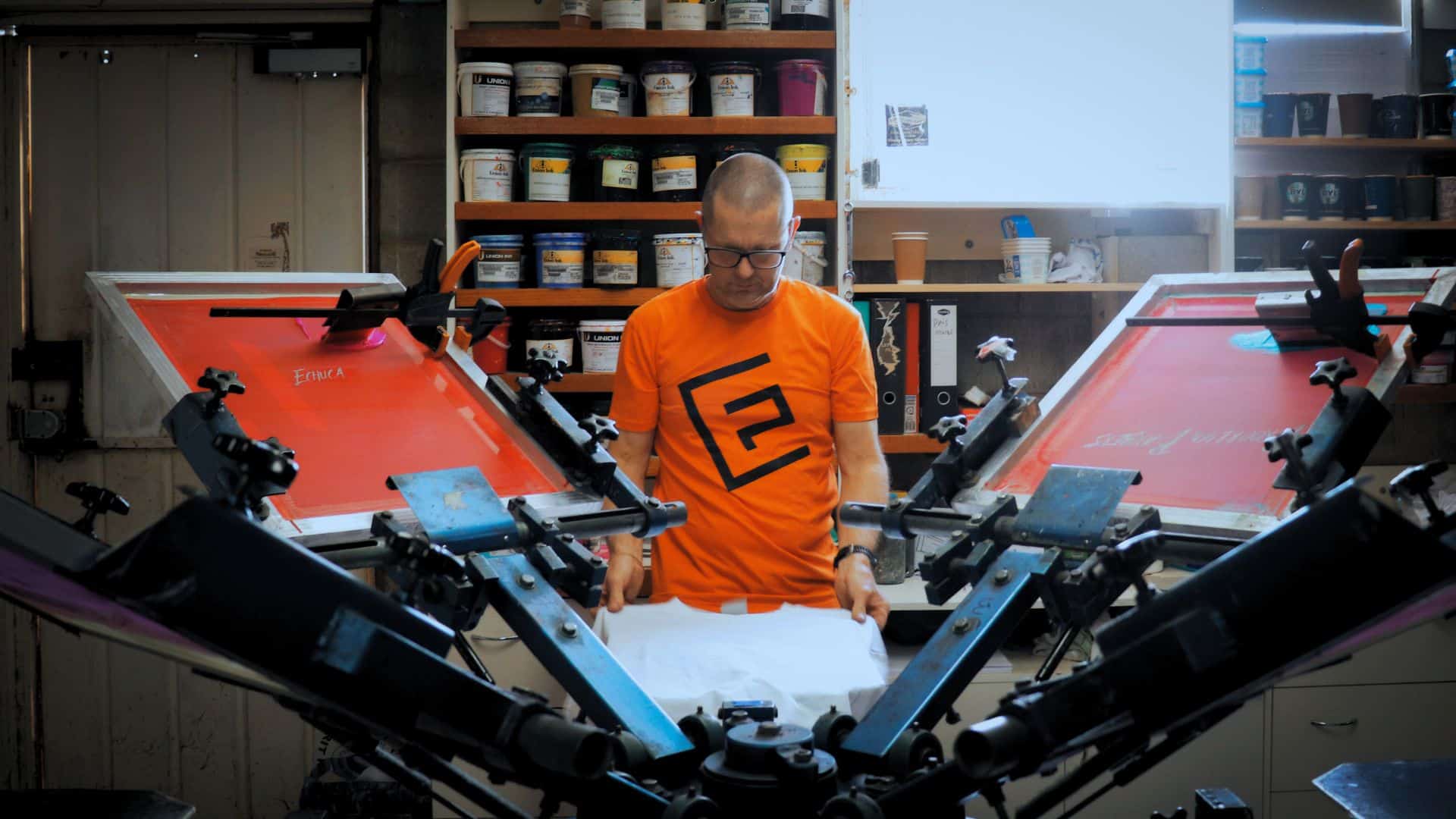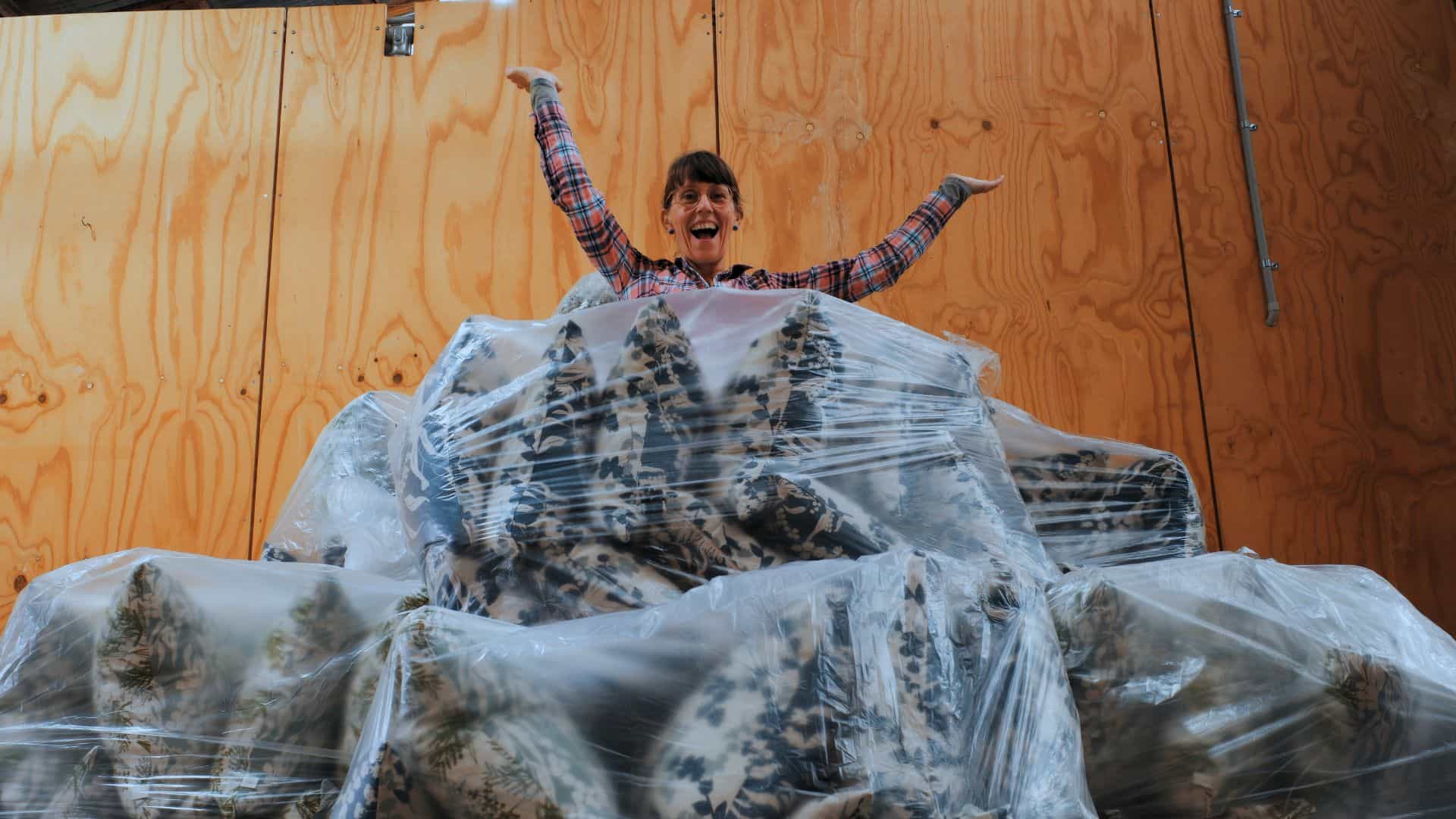Prior to the start of a new print job, you will need to determine your screen and mesh count requirements. While there are plenty of factors to consider in choosing a mesh count, the greatest factors are –
• Ink type to be used
• Artwork detail
Selecting a mesh count that does not fit your artwork or the ink that you are using can make the print job more difficult than it should be. You may lose detail, not lay down enough ink, the ink may dry too fast in the screen, or it may affect the colour of the ink deposit.
It may seem daunting to select a mesh count- there are so many to pick from. We’re going to discuss the best mesh counts to use for different types of print jobs and artwork. We’ll takeaway the headache of not knowing what to pick and streamline decision making process for you!

Ink types and mesh grades
Each ink type will require a different mesh grade range, due to factors such as ink viscosity (thickness), ink deposit required, whether the ink air dries or requires force drying, and whether the ink has larger particle components within it.
Let’s quickly run through ink types, to give a better understanding of requirements –
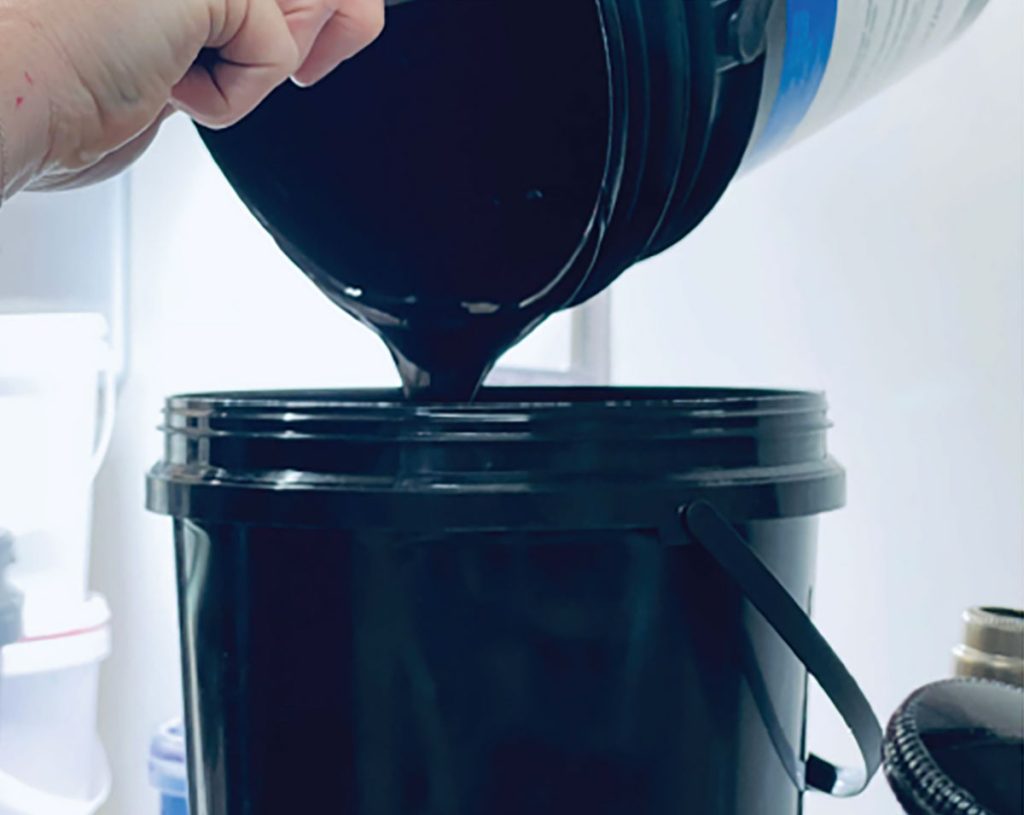
Water Based Textile Printing
A good general mesh range for water-based textile inks is anywhere from 32T to around 77T depending on detail and opacity required.
This can be used with inks such as –
• Perm a set Aqua
• Permaset Supercover
• Magna Aquaflex range
• Magna HB range (where mixed by us to high opacity colours)
The Magna ND range has been developed specifically for use through finer mesh grades onto either a white base or light-coloured fabrics from 77T to 140T. This allows for vibrant, high detailed prints.
Special effect inks such as metallics, and other specialty items may require specific mesh grades for best result, referring to the relevant technical data sheet would be advised.
Water Based Paper Printing
A good general mesh range for water-based paper printing is 62T to 120T. This helps to maintain good control and ink lay down, which may also be influenced by the weight of the paper/card that you are printing.
This can be used with ink such as –
• Permaset Permaprint Premium range

Plastisol Textile Printing
As Plastisol ink will never air dry and can be modified to reduce viscosity, a wide range of mesh grades can be used based on needs for image detail, whether it is a base / block layer being printed or detailed layers, and for controlling the density / opacity of the ink layer being printed.
Generally, for base layers, a coarser mesh such as 43T will be used for optimum ink lay down, fibre mat down, and opacity. For overlaying layers, a range from 54T to 720T would be used, dependant on art detail. Higher mesh grades encourage finer detail and less ink deposit for a “softer feel”.
In more recent times, the popularity of S meshes, or otherwise known as “thin thread” meshes has increased as they allow for higher ink volume and lay down, while retaining more threads for artwork detail to hold on to.
If you are printing SFX (special effects) inks such as glitters and shimmers and other specialty plastisol products, due to the particle size or ink density you will need to use specified mesh grad es for best resu Its. For individual mesh grade requirements for SFX inks, refer to the relevant technical data sheet.
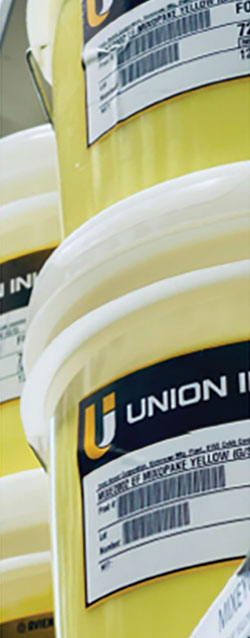
Solvent Bases/UV Graphic Printing
Solvent based and UV type graphic inks are thin, high intensity inks. A very thin ink deposit IS required for the substrate.
Solvent based inks are best suited for use with a mesh range of 62T – 740T, while UV inks are usually used with a mesh range of 740T – 765T or even 780T depending on the artwork.
This can be used with inks such as-
- Australian Specialty Inks ranges such as Gloss Vinyl, Universal Vinyl, Corrogloss, Monokan, etc.
- DIC/ Sun Chemical Ink ranges such as Vynaglaze, Corribond, Multigrip, Polycat, Polycure, Viospeed, etc
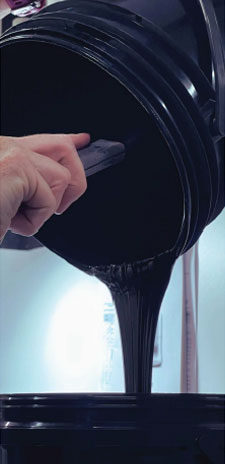
Quick guide – artwork detail vs selecting a mesh count:
Every printer will have a slightly different preference in their choice of mesh counts for printing, we recommend starting with the below as a rule of thumb and adjust to your liking from there.
- Thick lines, blocky artwork – 43T to 54T
- Medium thickness lines, normal text (size 12 – 18), larger halftones – 64T to 77T
- Fine lines, fine text, finer halftones – 90T to lOOT
- Super fine lines, text, halftones – 120T. For fine tonal artwork or 4
- colour/simulated process printing . While not as commonly used as the lower mesh grades on garments with plastisol, the 120T mesh serves an important purpose when aiming to achieve super high-definition prints.
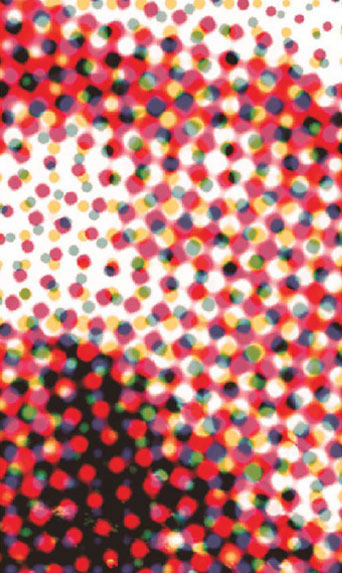
Does my mesh count choice affect my ink colour?
Yes! Mesh count does affect your ink colour. A lower/coarser mesh count will leave a thicker layer of ink on the substrate whereas a higher mesh count will leave a thinner layer of ink on the substrate.
By laying a thinner or thicker layer of ink, this will affect the colour density on the substrate. If for example, you have had a coloured mixed that has been matched using a 43T mesh and you go and use a 62T mesh, the thinner ink layer can leave a lighter version of the colour than has been mixed for you.
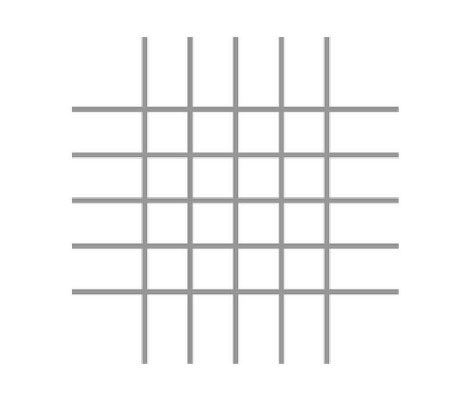
Low mesh count, low diameter. More ink deposited.
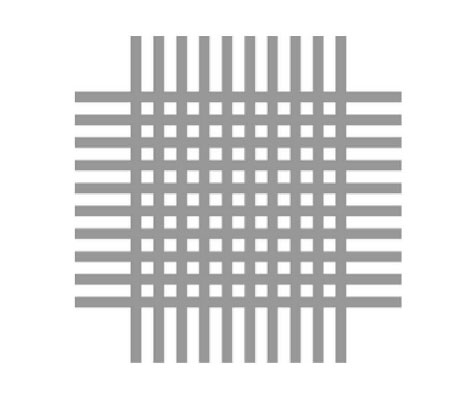
High mesh COll nt, high diameter. ILess i111k deposited.
3 quick tips: Best tips for selecting the right mesh count
Tip 1: Assess your artwork and its details.
Tip 2: Review your ink type and special effects and refer to the relevant technical data sheet to guide with mesh selection.
Tip 3: Understand your substrate – e.g. paper printing requires higher mesh count as too much ink may damage the paper.
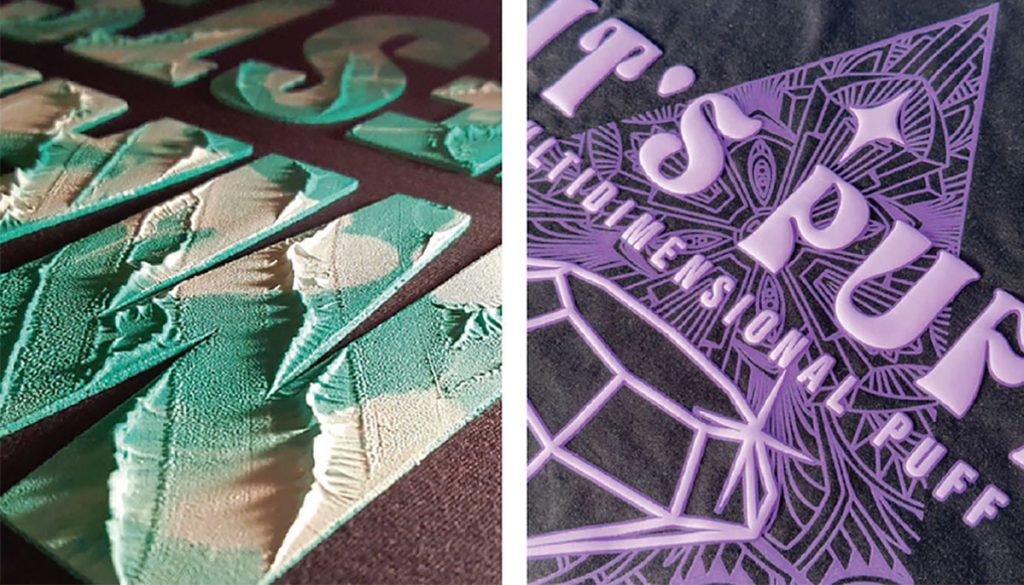
How to Select a Mesh Count
Product Recommendations
1. Jones Brothers Aluminium Framed Screens
Jones Brothers Aluminium frames tend to have a greater longevity compared to other frames. Thicker
aluminium profile allows for greater durability during printing, transport and washing.
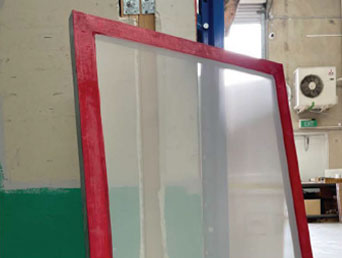
2. Jones Brothers Remeshing Service
We highly recommend remeshing your screens to maintain consistency in your printing.
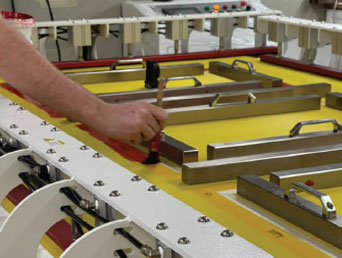
3. Jones Brothers Screen Exposure Service
Stepping into screen printing for the first time? Have a complex piece of art or a super large screen? Our services can help you streamline your project
time frame as we can handle any exposure job required.
